Landscaping your home is a fulfilling and physically demanding activity that requires the right gear for comfort, safety, and efficiency. Whether you’re planting new flowers, trimming bushes, or doing a complete garden overhaul, what you wear matters. From protecting your skin from harmful UV rays to ensuring you can move freely and stay cool, proper landscaping attire is essential.
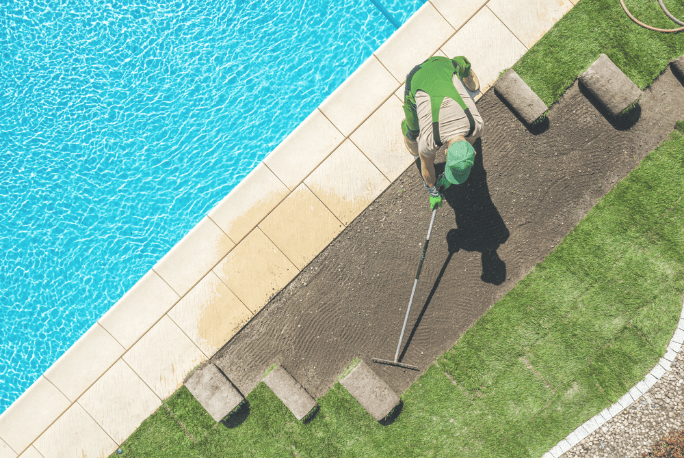
1. Comfortable, Protective Clothing: A Must for All Landscapers
When working outdoors, your clothing serves multiple purposes: protection, comfort, and temperature regulation. Depending on the climate and season, your clothing choices may vary, but some general rules apply for all landscaping tasks.
Long-Sleeve Shirts
While short-sleeve shirts may seem like the obvious choice for hot days, long-sleeve shirts made from lightweight, breathable materials can provide essential protection against sunburn and insect bites. Look for moisture-wicking fabrics like polyester or cotton blends to keep you cool and dry.
Durable Pants
Avoid wearing shorts, even on warmer days. Long pants made of durable materials like denim or canvas offer protection from sharp branches, thorns, and insect bites. Gardening involves a lot of kneeling and moving, so invest in work pants that are flexible but tough enough to resist abrasions.
Layers for Weather Adaptability
The weather can change rapidly, especially in spring and fall. Dressing in layers allows you to adjust to temperature fluctuations. A light jacket or a fleece layer works well for cooler mornings or evenings, while a waterproof layer can come in handy for unexpected rain showers.
2. Footwear: Protect Your Feet from Hazards
Landscaping involves working on various surfaces like soil, grass, and sometimes gravel or rocky ground. Proper footwear not only protects your feet but also provides comfort and stability.
Sturdy Work Boots
Work boots with steel or composite toes offer the best protection against falling tools, stones, or other heavy objects. Ensure that your boots have good ankle support and a non-slip sole to prevent accidents on slippery or uneven terrain.
Waterproof Shoes
If you’re dealing with wet conditions, waterproof shoes or boots are a must. Look for shoes with Gore-Tex lining or similar waterproof technology. This helps keep your feet dry and comfortable while working in damp soil or after a rainstorm.
Insoles and Socks
Your feet will take a beating during a long day of landscaping, so comfortable, supportive insoles can make a world of difference. Pair them with moisture-wicking socks to reduce the risk of blisters and keep your feet cool and dry.
3. Hats: Stay Cool and Protected
The right hat can keep you cool, shield your eyes from the sun, and protect your face, neck, and ears from UV exposure. Prolonged time under the sun without a hat can lead to sunburn and even heat exhaustion, so this is a critical part of your landscaping gear.
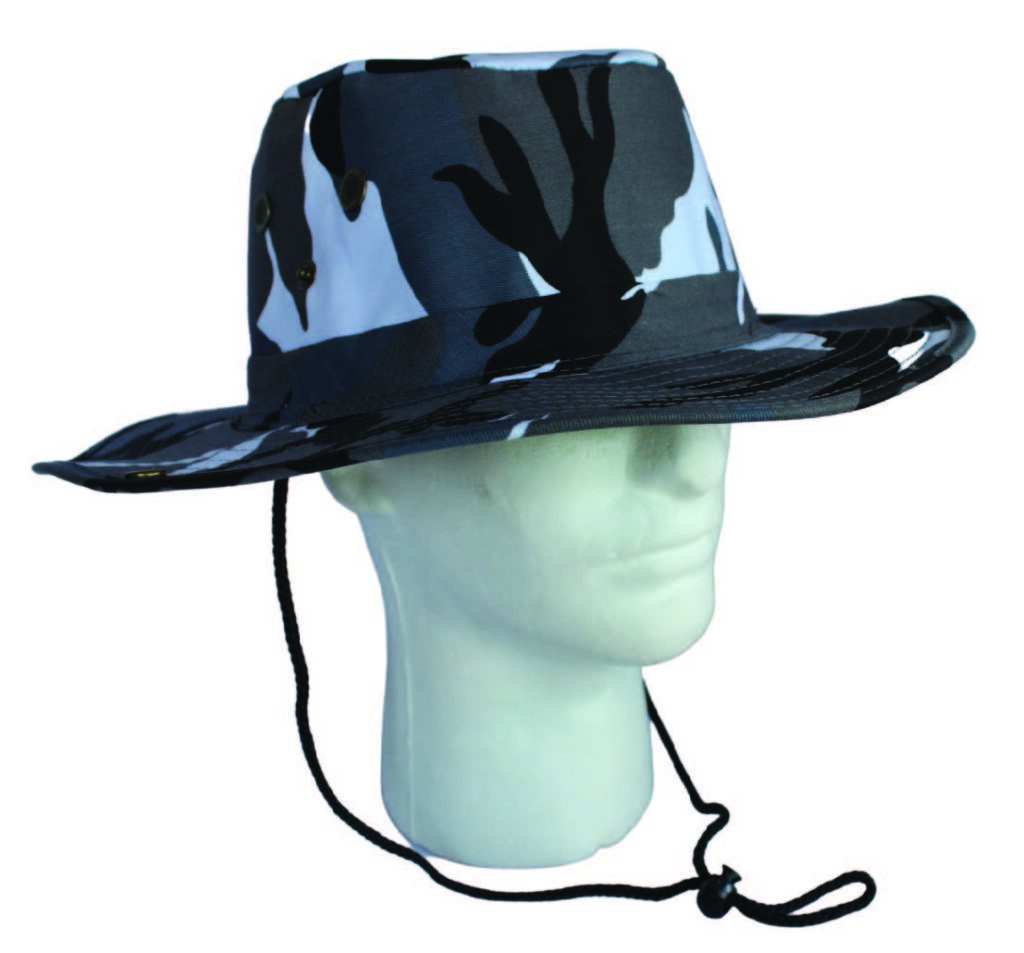
Boonie Hats
A boonie hat is one of the most practical choices for landscaping. These hats feature a wide brim that offers 360-degree protection from the sun. The brim keeps the sun off your face, neck, and ears, while the vented crown helps keep your head cool. Many boonie hats also come with chin straps to ensure they stay in place on windy days.
Straw Hats
Straw hats are another excellent choice for those working in the yard. Lightweight and breathable, straw hats provide shade without trapping heat. They are especially popular among gardeners for their natural materials and rustic look. A wide-brimmed straw hat can protect your face and neck from harsh sunlight while keeping you cool.
Baseball Caps (With Neck Flaps)
A baseball cap can work in a pinch, but they lack the full protection of a wide-brimmed hat. To enhance a baseball cap, consider one with an attached neck flap that shields your neck from the sun. This hybrid design offers the comfort and style of a cap with the added protection needed for longer outdoor activities.
4. Gloves: Keep Your Hands Safe and Comfortable
Your hands are your most important tool when landscaping, so it’s essential to protect them with proper gloves. Gloves protect you from blisters, cuts, and irritants like thorny plants or chemical fertilizers.
Heavy-Duty Leather Gloves
For more rugged tasks like digging, moving stones, or handling sharp tools, heavy-duty leather gloves are a must. These gloves provide excellent protection against cuts and abrasions while still allowing for a decent range of motion.
Nitrile-Coated Gloves
For delicate gardening tasks, such as planting or pruning, nitrile-coated gloves offer a perfect balance of protection and dexterity. These gloves are lightweight, provide a good grip, and are often waterproof, which is helpful when working with damp soil.
Breathable Mesh Gloves
For general yard work on hot days, consider gloves made from breathable mesh material. They protect your hands from dirt and blisters without making them overly hot or sweaty. These gloves are ideal for weeding or planting on warm days.
5. Eye Protection: Shield Your Eyes from Debris and Sun
When landscaping, your eyes are vulnerable to dust, debris, and chemicals. Proper eye protection is a must to prevent injuries and irritation.
Safety Glasses
Safety glasses are essential when using power tools, trimming branches, or dealing with flying debris. Opt for wrap-around styles that cover the sides of your eyes for complete protection.
Sunglasses with UV Protection
If you’re working under bright sunlight, sunglasses with UV protection are crucial. Look for polarized lenses to reduce glare, which can make it easier to see clearly while working outdoors.
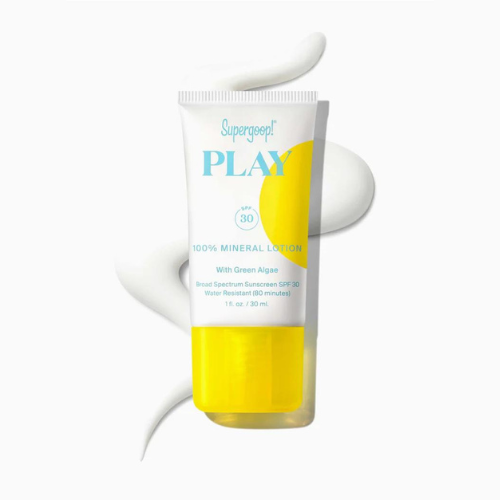
6. Sunscreen: Don’t Forget Skin Protection
Even with protective clothing, hats, and gloves, sunscreen is a critical layer of defense against harmful UV rays. Choose a broad-spectrum sunscreen with SPF 30 or higher and reapply every two hours, especially if you are sweating or working in direct sunlight.
7. Hearing Protection: Preserve Your Hearing
If your landscaping tasks include using power tools like lawnmowers, chainsaws, or leaf blowers, hearing protection is a must.
Earplugs
Disposable foam earplugs are affordable and effective at blocking out harmful noise levels. They are lightweight, easy to wear, and won’t interfere with your other gear.
Over-the-Ear Hearing Protectors
For prolonged use of loud tools, over-the-ear hearing protectors provide superior noise reduction. Look for models with a Noise Reduction Rating (NRR) of at least 20 decibels for adequate protection.
8. Additional Gear for Specific Landscaping Tasks
Landscaping can involve a wide range of tasks, each requiring specific gear for maximum efficiency and safety.
Knee Pads
If you spend a lot of time kneeling while planting or pulling weeds, knee pads can protect your joints from strain and provide comfort. You can get them here.
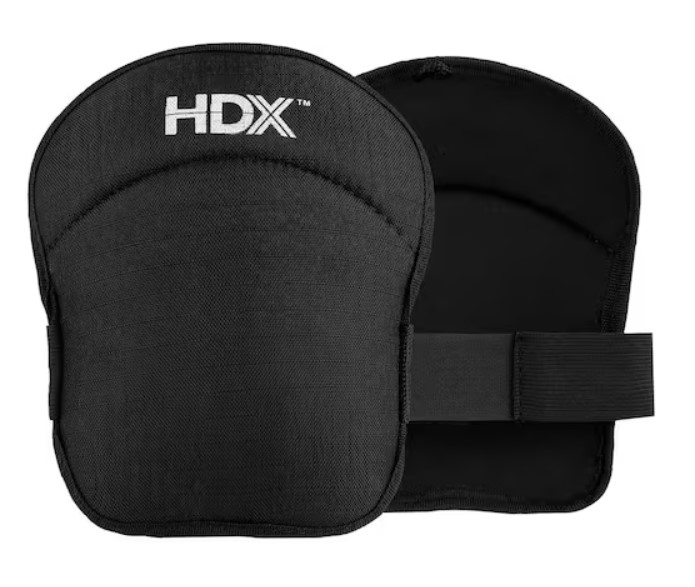
Tool Belts
A tool belt keeps your essential tools within reach, saving you time and effort. Look for belts with adjustable pockets and pouches that can hold items like pruning shears, trowels, and gloves.
Cooling Towels
On especially hot days, a cooling towel can be a lifesaver. Wet the towel and drape it around your neck to stay cool while working under the sun.
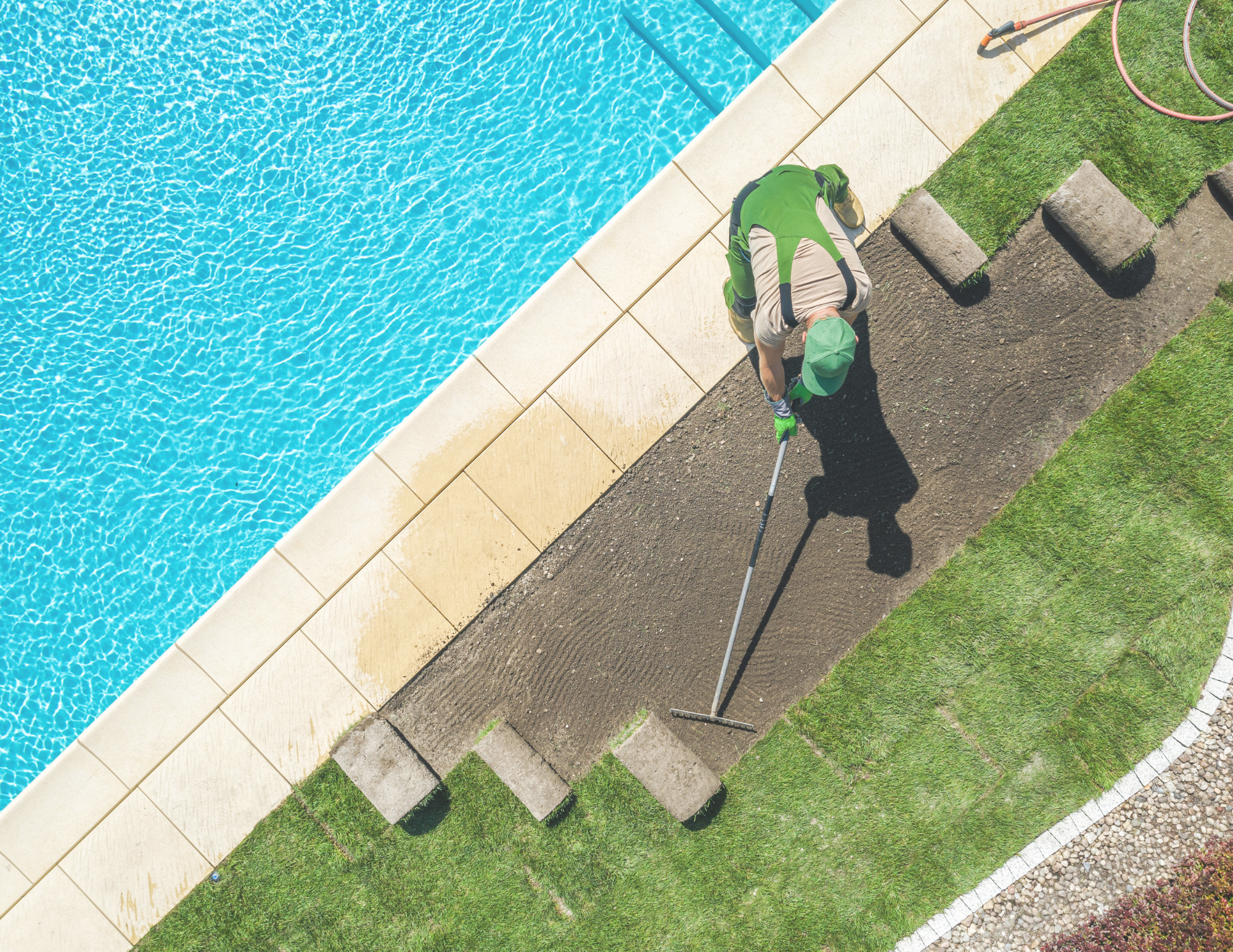
Leave a Reply